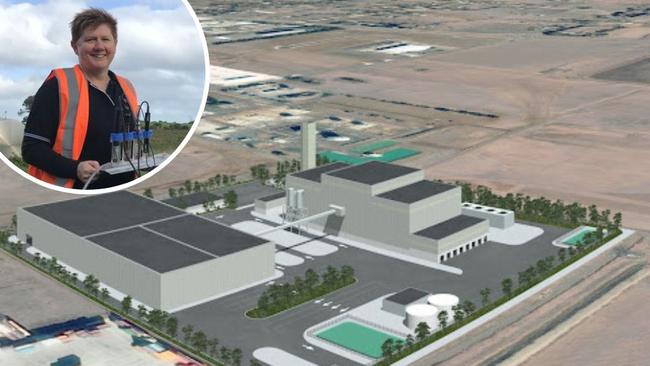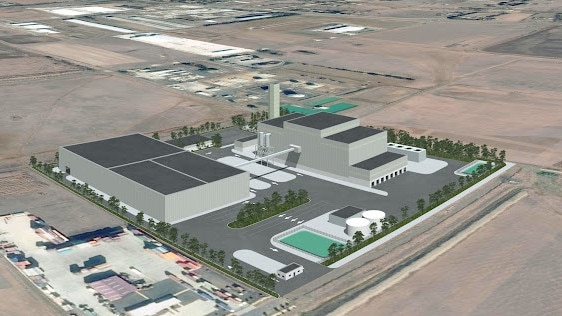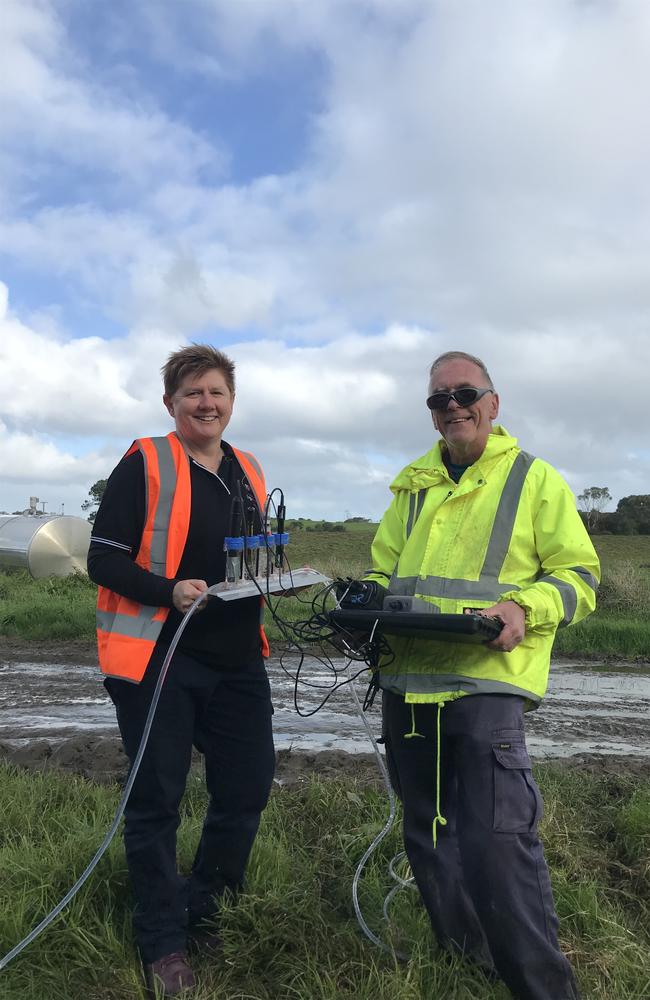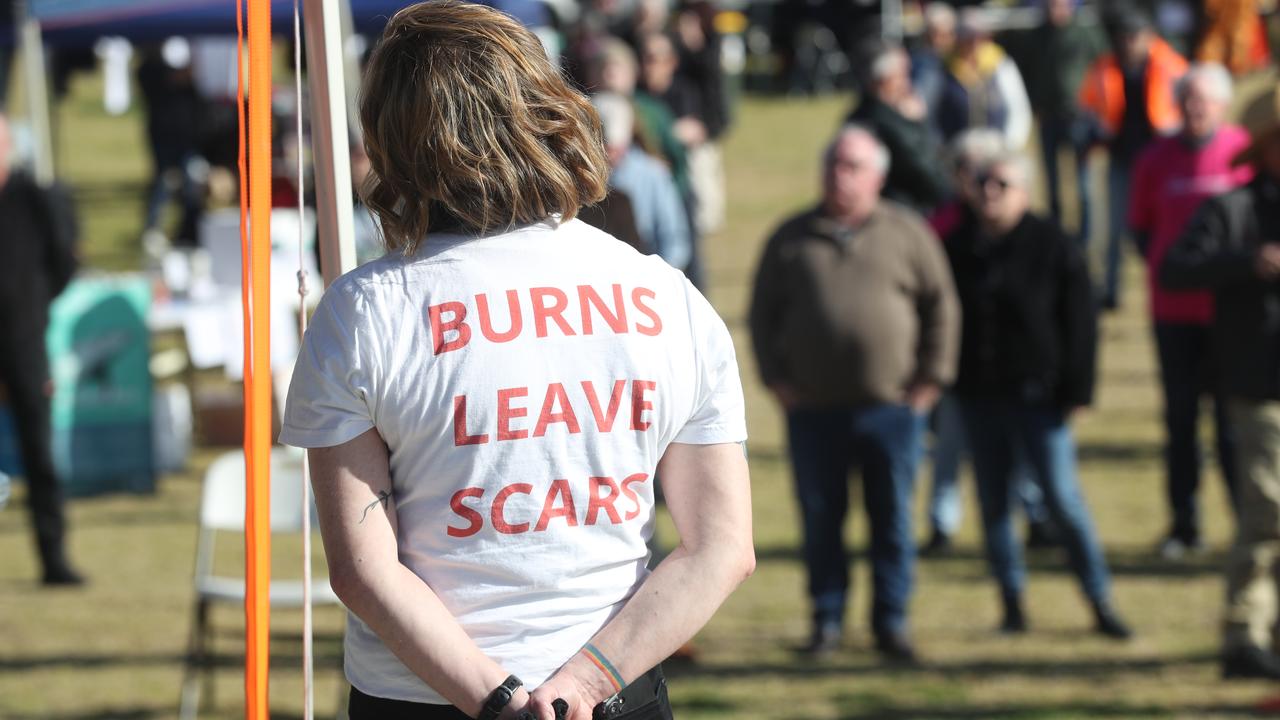Deakin professor Wendy Timms says proposed Lara incinerator ‘not black and white’
A Geelong waste engineering expert says that while improvements in Australia’s recycling systems would hinder the Lara incinerator’s energy production, it is “an option”.

Geelong
Don't miss out on the headlines from Geelong. Followed categories will be added to My News.
A Geelong waste engineering expert says improvements in Australia’s recycling systems would hinder the controversial Lara incinerator’s energy production.
The Environment Protection Authority (EPA) granted Melbourne-based Prospect Hill International a development licence for the 80m high incineration in December.
Professor of environmental engineering Wendy Timms, who teaches at Deakin University’s Waurn Ponds campus, told the Geelong Advertiser that while the incinerator is “an option” to battle the country’s waste problem, it was “down the list”.
“It’s not black and white,” Prof Timms said.
“The number one problem we have in Australia, in many places, is the growing quantity of waste, it’s not going to magically disappear.”
Prof Timms has 30 years of professional experience across consulting engineering, government, research and education as a hydrogeologist and environmental engineer.
Last month, Geelong business figures penned a letter to Jacinta Allan stating their staunch opposition the incinerator.

Prof Timms said waste to energy incinerators were better options than landfills.
“We’ve got to do something, we can’t just keep chucking stuff in a hole, our landfills are running out of space,” she said.
“Modern landfills are much better than what they used to be, but they aren’t perfect.”
Prof Timms said the government should instead follow the lead of Japan and some European countries that offer more recycling options to minimise waste.
“We need to halve what goes into our red bin,” she said.

“We can recycle more, we now have some soft plastic recycling, taking them and making them into bio-oil, so that’s a good step.”
She said that for the incinerator to produce high amounts of energy, things that should be recycled would need to be burnt.
“The big positive is that it produces energy, but where does that energy come from?” Prof Timms said.
“It’s usually things like textiles and soft plastics, things that shouldn’t be in the red bin anyway.
“So I guess waste to energy people are kind of banking on there being stuff in the waste that shouldn't be there.”

“If we’re doing our best job, with our waste, it shouldn't generate much energy, and I can 100 per cent see that point of being like ‘well people aren’t going to recycle anyway’ and aiming for the middle, it’s an option, and we’re running out of options.”
Prof Timms said she trusted that if the EPA ticked off on the project it would be safe, despite its proximity to housing developments in Lara.
“Waste to energy plants have fairly good modern controls on the emission stacks to treat and take out the air quality concerns,” she said.
“They aren’t perfect, there’s always some toxic emissions that are able to get through, but we need to make sure the best available treatment technologies are being used on the air emissions.”
More Coverage
Originally published as Deakin professor Wendy Timms says proposed Lara incinerator ‘not black and white’





